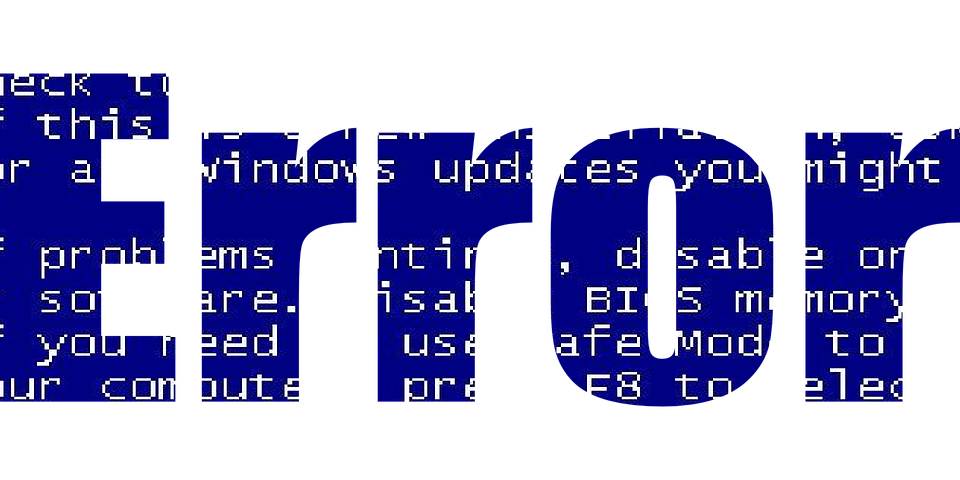Social media platforms, such as Reddit and Twitter, are abuzz this week with news of a recent update for the Google app on Android phones , which has led to widespread crashes and error messages, preventing users from utilizing the app. The severity of the problem seems to vary between phone manufacturers, with some phones receiving error messages that effectively make the app useless while others aren’t affected at all. Google has made no official statements about the problem to date, leaving users scrambling to solve the problem on their own. Many, such as the Twitter user linked above, recommend manually uninstalling the update and reverting to an earlier—and more usable—version of the software. Though these error messages have not led to any wide-scale organizational impediments or damage, they shed light on a risk that any user and organization must account for when managing their IT.
Understanding Update Errors and Crashes
There are a variety reasons why a software or OS update file could lead to errors and crashes. It could simply be the result of a mistake on the part of the developer, such as a shoddy coding job or a file that somehow becomes corrupted prior to release. More often, however, problems arise when older hardware simply doesn’t have the capability to run more recent updates for a program or system, which can lead to crashes and errors, such as those described above. They can also prevent users from taking advantage of the software options available to them. For example, older iPhones, like the iPhone 5 and iPhone 6, both of which are still widely used, lack the hardware capacity to run IOS versions 13.0 and higher. While this won’t prevent someone from using their device, many current IOS apps were developed for use on these newer versions of the operating system, effectively blocking off a whole suite of software apps from users. This could very well pose a problem for organizations who require their employees to, say, track their time using a smart device app or workers who are required to use proprietary software on their own devices in the field.
Thankfully, many service providers have robust troubleshooting and help guides to aid users in fixing errors. Links to help sites for common operating systems and software platforms are linked below:
Updates and Managed IT
Of course, the downside to troubleshooting on one’s own is that it’s often time consuming, even if the user is tech savvy. Hours spent fixing computers are hours lost in productivity. Moreover, it doesn’t help that articles within provider troubleshooting sites frequently offer cookie-cutter solutions that may not hold true for some organizations, depending on their hardware. And this is before one considers any time spent talking to service reps on the phone or waiting on hold.
Fortunately, using a reliable managed IT provider like Titan Tech can prevent these problems from ever arising. A managed IT provider can assess an organization’s hardware to determine if it’s ideal for the software necessary to do business. Moreover, they can make recommendations on necessary hardware updates and provide well-researched product recommendations to keep the business efficient and state of the art without shredding the budget. They can also keep business owners informed of news and events in the tech sector and advise them of any large-scale changes that might be on the horizon. Even in the event of an emergency, even if a new OS update causes a company-wide crash, organizations with reliable managed IT providers in their corners can quickly and effectively determine the cause of the problem and provide solutions, effectively preventing the loss of productivity (and profit) that an organization without a managed IT provider might experience.
To learn more about Titan Tech’s services, visit their website, and join us next week for more tech news.

